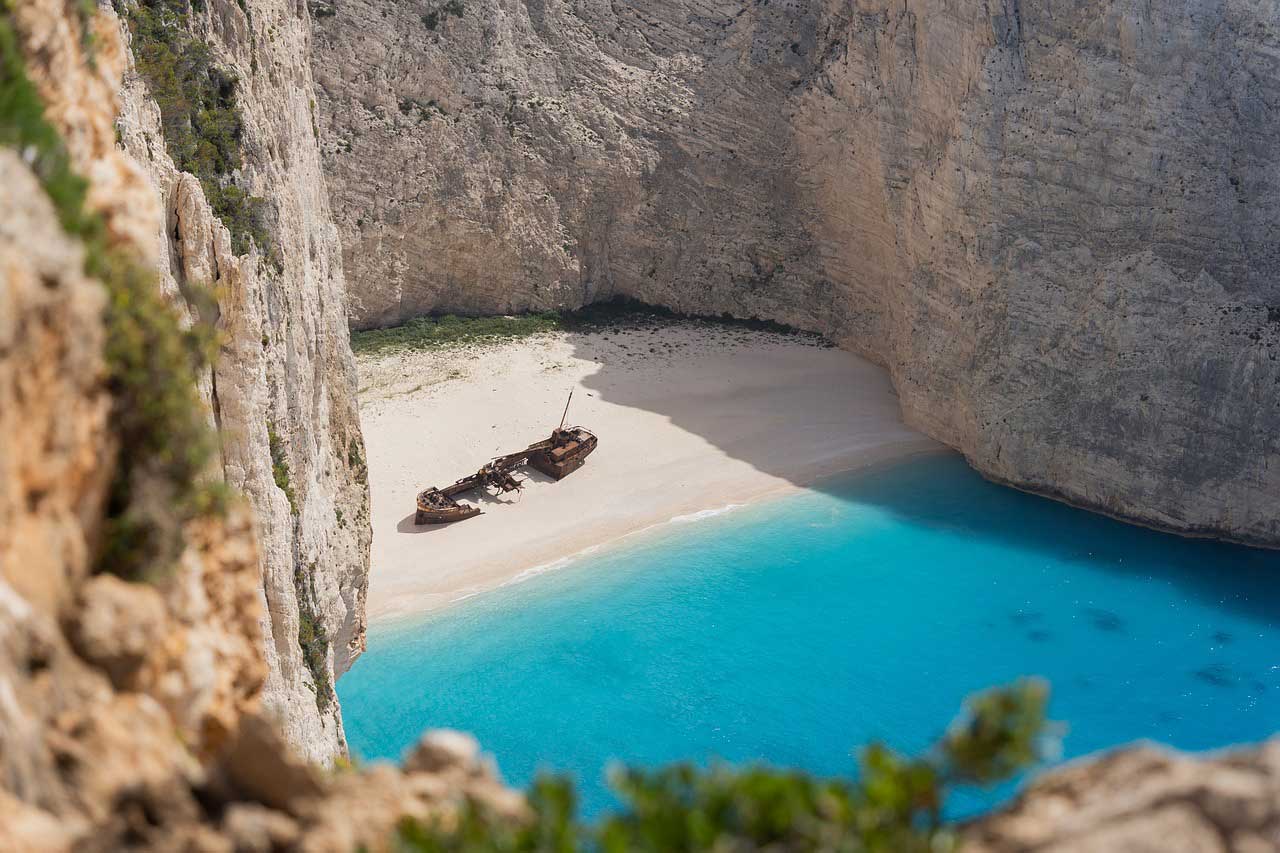Following Greece’s success this year, with foreign tourist numbers surpassing 2019 figures, Greek officials have raised concerns about overtourism concentrated in certain parts of the country.
Greece has long been recognized as one of the most popular destinations for tourists from all over the world. Travelers regularly return to their favorite places, and this creates certain problems. Despite Greece’s 228 inhabited islands, no more than a dozen are popular. This is where the problem of the impact of modern travel on the environment arises.
Greek tourism officials note that there are many more interesting things in Greece, not only Crete, Corfu, and Santorini, but also beyond, and if tourists go to different places, crowds can be avoided and thus save nature.
“We are discussing not only the conservation of natural resources and the protection of the environment. For us, sustainability is also something else,” said Dimitris Fragakis, Secretary General of the Hellenic National Tourism Organization (GNTO).
He also stressed that Greece is avoiding over-tourism by expanding the list of places worth visiting and encouraging people who want to visit Greece to explore it at other times of the year, not just in summer.
The seven Greek islands that are recommended for all tourists to visit are Naxos, Kythira, Ithaca, Ikaria, Karpathos, Samothrace, and Lychadonissia.
On Naxos, travelers can enjoy its fertile valleys and high mountains, combining relaxation with adventure. Naxos is also a great place to eat and relax on the beach.
If vacationers are looking for peace, Kythira is one of the most isolated islands in Greece, and tourism is relatively undeveloped there. However, the island is known for its wildlife and natural waterfalls that create idyllic scenery.
Other “wild” islands are recommended for those travelers who want to spend the summer more quietly and as far as possible from the crowds of tourists.

